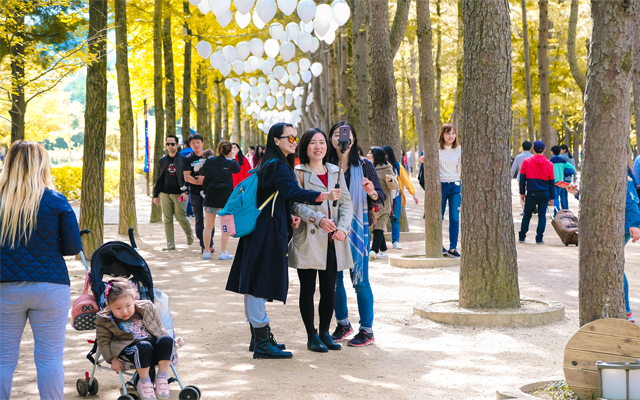South Korea is looking further afield to boost its inbound tourism figures.
In the first seven months of 2018, the country welcomed 5.7 million foreign visitors. China topped the table with nearly 2.6 million arrivals, followed by Japan with 1.5 million arrivals.

With these two source markets representing more than 50 per cent of arrivals and China’s growth slowing – a 1.8 per cent year-on-year increase – due to geopolitical tensions with Beijing, the industry is stepping up efforts to woo other markets.
Jang You Hyun, director of Korea Tourism Organization, said: “We need to diversify our source markets. The Chinese market is becoming smaller and smaller. The Japanese market may be growing, but we are still hungry.”
Jang said huge investment is being ploughed into attracting visitors from alternative longhaul markets, especially from Europe. He added: “Markets such as these have huge potential. We need to target them more.”
Large-scale marketing campaigns are currently being launched in Europe – mainly the UK and Germany. “We have to hugely invest in advertisement in these inbound markets,” said Jang.
Soy An, operator manager of Us Travel, said her company regularly attends travel marts worldwide to stimulate interest in South Korea.
She added: “Many longhaul markets don’t have much interest in South Korea yet, but that’s because they don’t know much. We need to change that.”
Despite this, she noted a growing increase in interest from Europe, thanks to Korean pop culture influence trickling into Europe. For example, French travellers are being inspired by the popularity of K-pop, encouraging them to explore South Korea.
Another event that is set to be a global game-changer for South Korea’s tourism was the recent 2018 Winter Olympics in Pyeongchang. The company has put together a post-Olympic itinerary, which is proving popular with Europeans.
Said An: “The Winter Olympics is great marketing and we believe it will lead to many more tourists from Europe wanting to explore South Korea.”




















